Imperial Treasure is a Cantonese restaurant on the fourth floor of a building that appears to be a cross between an office building and a mall. Part of a Singaporean restaurant group, it was awarded two Michelin stars in the 2018 guide to Shanghai. The dining room is large and smartly decorated, with a fairly low ceiling and lots of crystal fittings in evidence, and there were an unusually large number of waiters to staff the room. We ate at lunch and tried a mix of dim sum and dishes from the evening menu.
Beef in black pepper had chunks of meat that were tender and coated with a nicely judged black pepper sauce. The beef had plenty of flavour and the level of pepperiness was nicely judged, spicy but not distracting (15/20). Roast crispy chicken had very crisp skin, the chicken flavour not quite as good as at a version of this dish I had eaten elsewhere at another establishment yesterday, but still pretty good; this dish was also nicely seasoned (14/20). The classic har gao prawn dumplings were excellent, neatly folded, thin and delicate and with carefully cooked prawn filling (14/20).
Taro (a starchy Asian corm) croquette was not pure taro but the filing had been mixed inside with sauce and so avoided dryness and retained its characteristic nutty flavour, though I found the outside coating just a touch greasy (12/20). Shui mai dumplings were not very neatly presented, a group of four clumped together, though they tasted just fine, a pleasing mix of pork and prawn nestling inside a delicate dumpling casing (14/20).
A trio of Cantonese meat featured rose pork, goose and barbecued pork. The rose pork was pleasant, the goose a touch on the chewy end of the spectrum, but the barbecued pork excellent, tender and richly flavoured (13/20 average). Salted duck egg bao had a runny preserved egg centre inside an egg shaped dumpling shell. I found the coating a bit grainy but the filling was certainly nice, and my knowledgeable dining companions approved of the lack of sweetness of the filling compared to some other versions (13/20). Gai lan was reasonable, fried nicely with good texture, though the stalks were just a little tougher and less delicate than they might have been, these particular stalks being a touch older than the very best young ones that are the ideal for this dish (13/20).
Char sui bao puff was light and fluffy, with a rich, almost sweet, pork centre. This was lovely, the texture of the puff lighter than many versions of this I have tried, and the filing having good quality pork (15/20). We also tried a modern variant on this dish, a baked version that has the same filling but a bready, firm casing with a crisp top. This dish was invented by a chef called Mak Kwai Pui, who used to work at Lung King Heen for a decade before setting up his own place called Tim Ho Wan in 2009. This gained fame for getting a Michelin star despite its hole in the wall setting, and now has financial backing that has enabled international expansion. This particular bun, when baked, has a vague resemblance to a pineapple (at least it might do after you drank enough wine) and so has become known as a pineapple bao after the popular sweet bun that you frequently see in Chinese pastry shops. This of course is a savoury version, and was lovely, the filling having plenty of slightly sweet pork flavour and the firmer coating working nicely with this to produce a warm, comforting burst of flavour on the tongue with the texture of the crust contrasting nicely (easily 15/20).
Service was very good, with attentive waiters carefully topping up our jasmine tea. The bill came to just CNY 303 (£35) each with jasmine tea to drink, which did not seem much given how many dishes we tried, and almost a quarter of that bill was the beef dish. This was certainly a very enjoyable meal, and was excellent value. I will draw a polite veil over the Michelin rating. One of my extremely well travelled Chinese dining companions reckoned the standard here roughly equivalent to, and perhaps a tad below, that of Royal China Queensway in London. This felt to me to be a spot on assessment, and no one seems to be giving Royal China two Michelin stars. However, the rating is not the restaurant’s fault, and as a customer you can come here and enjoy excellent Cantonese food at a very fair price.
















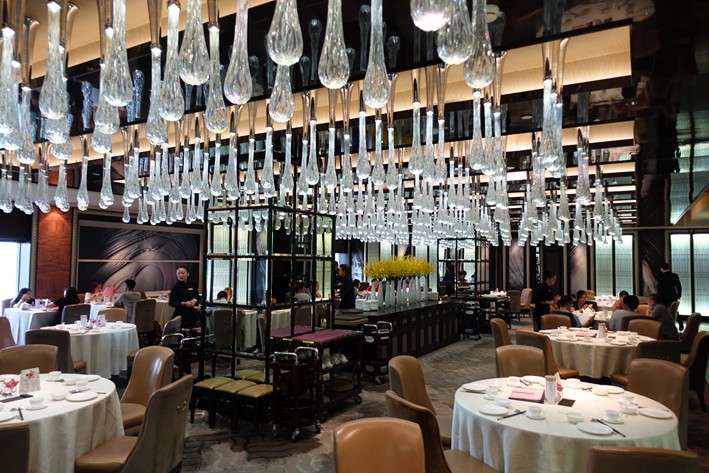

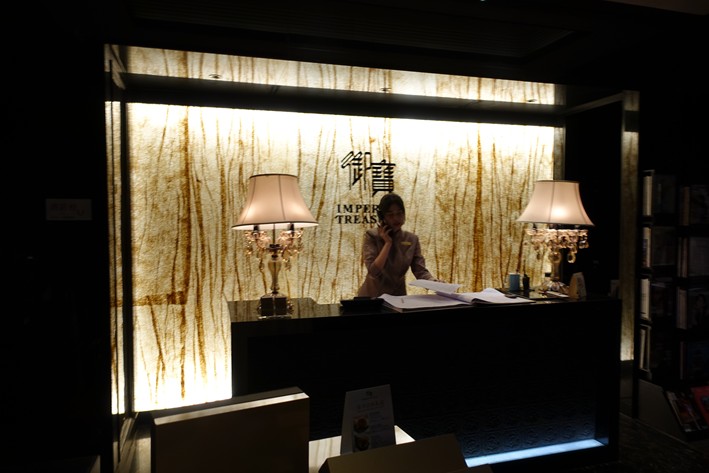

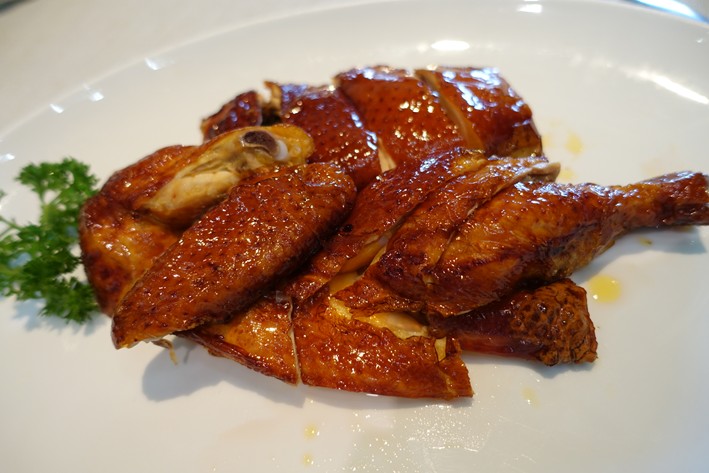
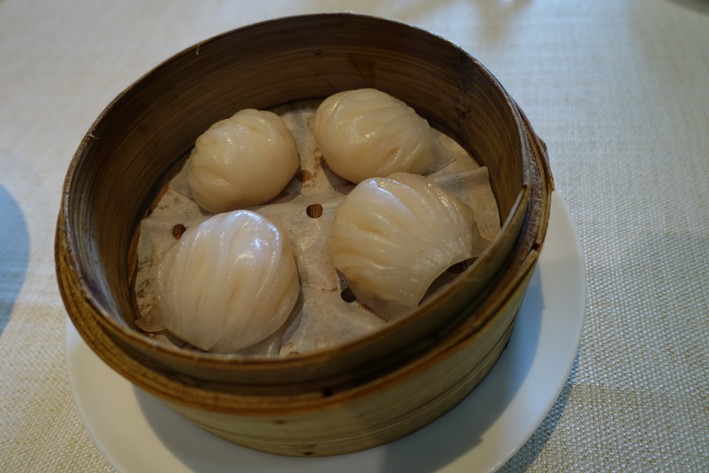
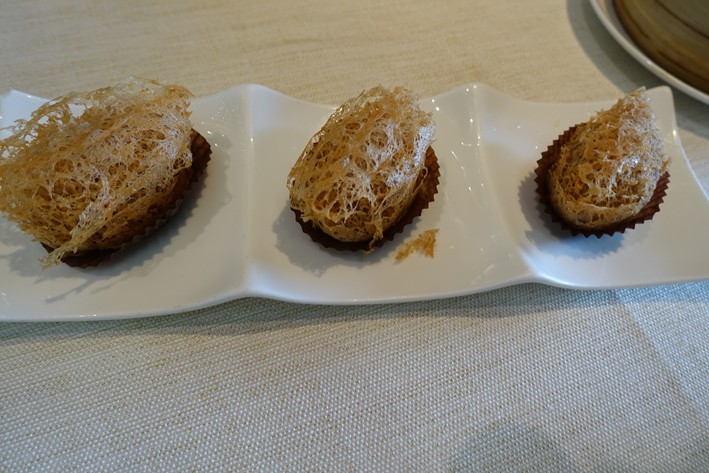
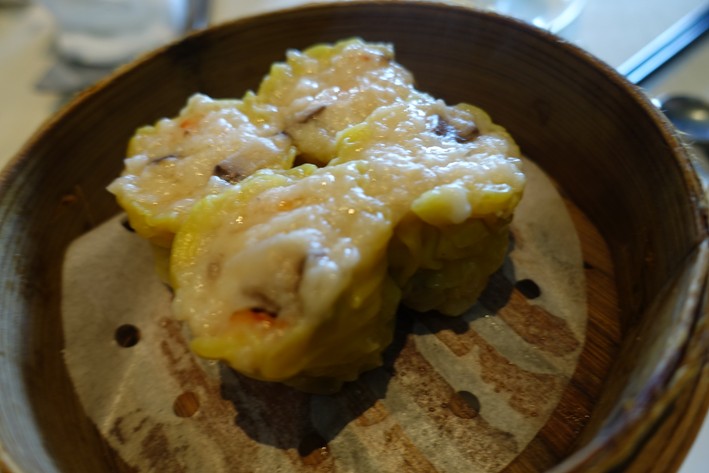
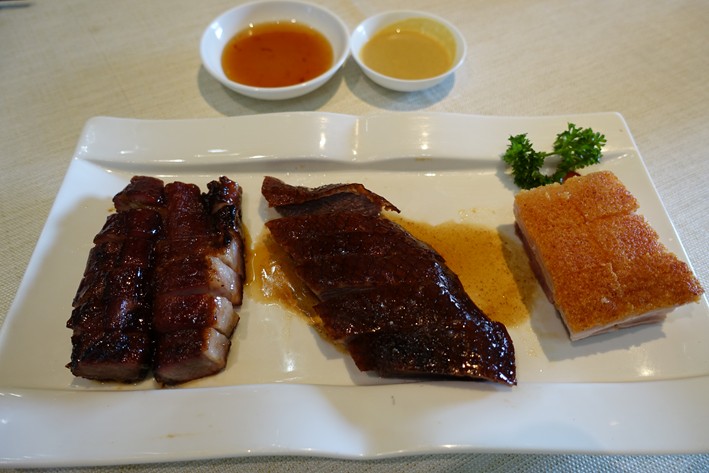
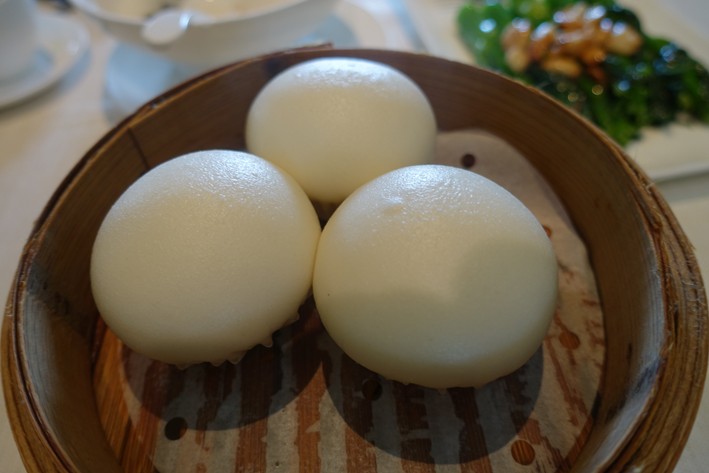
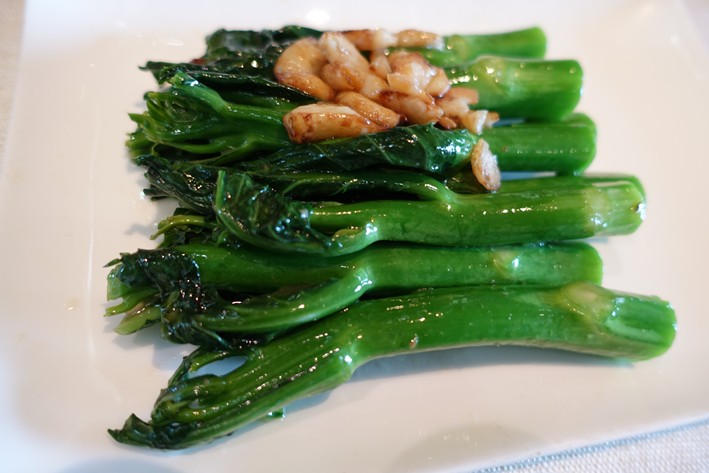
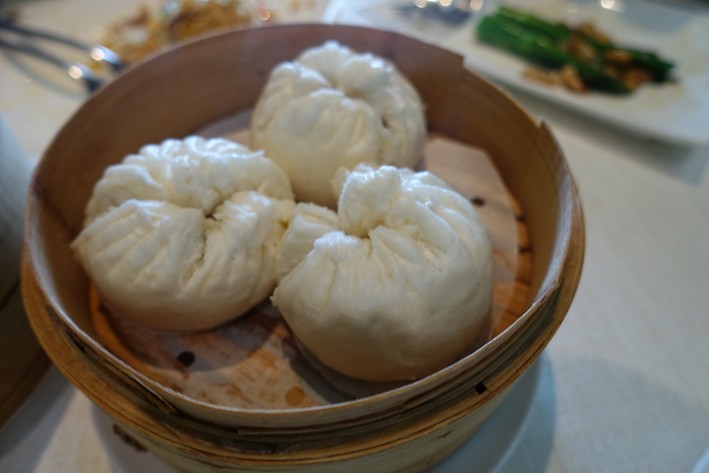


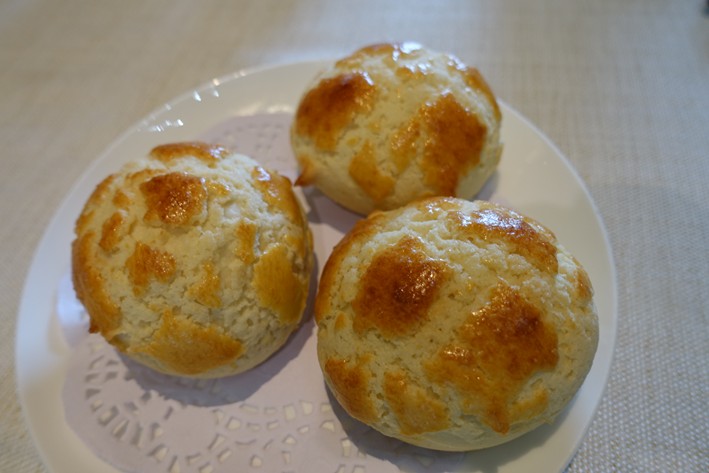

Jorgen Jacob Jensen
I ate at that fine and cheap restaurant as well, a few months ago, and I agree: 2 Stars makes no sense. Also ate a 1 Star restaurant Lao Sheng Xing - Also very inexpensive, but 1 star doesnt make any sense either. Michelin runs very different standards I guess.